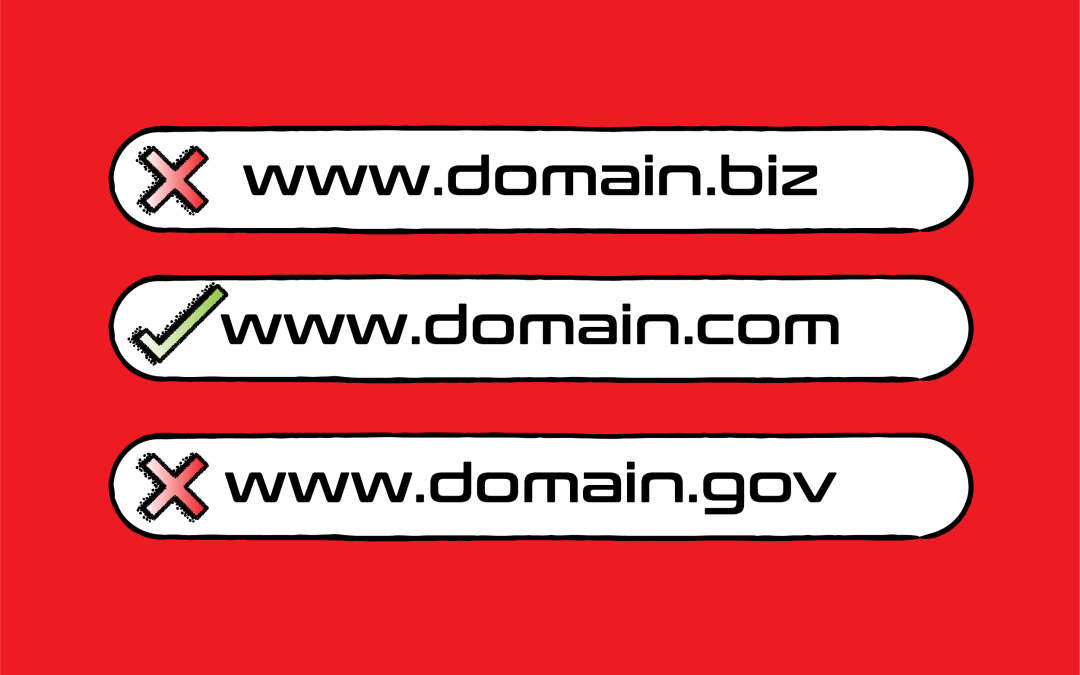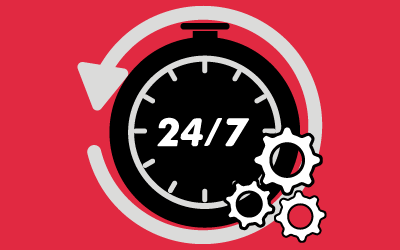As the digital marketplace grows, so does the complexity of cyber threats, with typosquatting standing out as a particularly nasty challenge. An emerging threat, typosquatting jeopardizes the image of any business. This deceptive practice capitalizes on the simplest mistakes—typing errors—turning them into opportunities for fraudsters to undermine brand integrity. Let us explore the mechanisms of typosquatting and how businesses can equip themselves with strategic defenses to protect their digital foothold.
Understanding Typosquatting
Typosquatting, or URL hijacking, involves registering domains that mimic reputable brand names with slight misspellings or variations. At its core, typosquatting is a form of cyber deception that preys on human errors as simple as mistyping a web address. This strategy is employed by cybercriminals who register domain names strikingly close to well-known brands, with subtle misspellings or alterations. The intent is malicious, ranging from phishing scams designed to steal personal information to distributing malware. For businesses, the fallout from typosquatting can be severe, tarnishing brand reputation, eroding customer trust, and leading to potential financial loss. Recognizing the mechanics of typosquatting is the first step in coming up with a strong defense, ensuring stakeholders are aware of its dangers and the sophisticated methods employed by imposters to exploit online identities.
The Legal Landscape
The battle against typosquatting isn’t solely technological but also legal. Various jurisdictions have enacted laws to protect brands and consumers from the damages caused by domain squatting. In the United States, the Anticybersquatting Consumer Protection Act (ACPA) empowers trademark owners to challenge bad-faith domain registrations. Similarly, mechanisms under the Uniform Domain-Name Dispute-Resolution Policy (UDRP) provide a global framework for resolving domain disputes. These legal tools are vital for businesses seeking to reclaim their online presence from squatters. Understanding and leveraging these legal protections is crucial for any comprehensive digital brand protection strategy, offering a pathway to combat typosquatting effectively.
Strategies for Detection
Detecting typosquatting requires a vigilant and detailed approach. To effectively identify and mitigate the risks posed by typosquatting, businesses must adopt a comprehensive detection strategy. This includes:
- Domain Monitoring Tools: Utilizing software that continuously scans for domain registrations similar to your brand name, including common misspellings or variations. These tools can alert you to potential infringements as they occur.
- Keyword Alerts: Setting up alerts for your brand’s name and other relevant keywords in domain registration databases. This helps in catching new registrations that might pose a risk.
- Customer and Employee Education: Informing your stakeholders about the dangers of typosquatting and encouraging them to report any suspicious domains. Education can include:
- Tips on how to identify a legitimate domain.
- Channels for reporting suspicious findings.
- Partnerships with Domain Registrars: Collaborating with domain registrars can help in preemptively blocking the registration of domains closely resembling your brand, or at least alerting you to their registration.
- Legal and Compliance Teams: Keeping your legal and compliance departments informed about potential typosquatting incidents. They can assist in monitoring and taking swift action when necessary.
By integrating these strategies, businesses can create a robust defense against typosquatting, minimizing the risk to their brand and customers.
Combating Typosquatting
Once a potentially malicious lookalike domain is detected, the next crucial step is to deploy strategic actions to combat typosquatting. Effective measures include:
- Takedown Services: Engage cyber threat intelligence and incident response firms that specialize in takedown services to remove fraudulent content or deactivate the malicious domain.
- Cybersecurity Measures: Implement and promote cybersecurity best practices such as:
- Educating about the importance of verifying URLs.
- Encouraging the use of bookmarks for frequently visited websites.
- Technical Preventive Measures: Implement technical solutions to safeguard against the effects of typosquatting.
- Secure your main domain with HTTPS to ensure users are visiting a secure site.
- Use domain name system system security extensions (DNSSEC) to add a layer of security to your domains.
- Strengthening Online Presence: Ensure your legitimate sites are easily distinguishable and rank higher in search results to overshadow any impostor sites. This can involve:
- SEO Optimization.
- Regularly updating and securing your official website and social media profiles.
- Acquisition of Similar Domains: Proactively purchase domain names that are variations of your brand name to prevent misuse by typosquatters.
- Register common misspellings and variations of your domain name.
- Acquire similar domain names in key top-level domains (TLDs).
- Public Awareness Campaigns: Educate your audience about the risks of typosquatting and how to identify authentic domains.
- Publish guidelines on your official website and social media on how to recognize legitimate company URLs.
- Encourage customers to report suspicious domains directly to your company.
- Legal Recourse: Utilize legal avenues like the Anticybersquatting Consumer Protection Act (ACPA) and the Uniform Domain-Name Dispute-Resolution Policy (UDRP) to challenge and take down infringing domains.
- File a complaint to initiate a domain name dispute resolution procedure.
- Send cease and desist letters to the infringers as a preliminary action.
In Conclusion
In confronting the pervasive threat of typosquatting, businesses must be vigilant, proactive, and innovative. The strategies outlined—from leveraging legal avenues and employing technical measures to educating the public and securing domain variations—form a comprehensive defense against this form of cyber exploitation. By understanding the multifaceted nature of typosquatting and implementing a holistic approach to prevention and response, companies can protect their brand integrity, preserve customer trust, and maintain a secure online presence.
About IPV Network
Since 2016, IPV Network has been a trusted partner of leading enterprises in the Philippines. It brings the best-of-breed cybersecurity solutions. IPV network helps businesses identify, protect, detect, respond, and recover from cyber threats. IPV Network is DICT certified to conduct vulnerability assessment and penetration testing (VAPT) to evaluate cyber systems. Email us at [email protected] or call (02) 8564 0626 to get your FREE cybersecurity posture assessment!
Sources
https://cyberint.com/solutions/use-case/brand-protection/
https://www.law.cornell.edu/wex/typosquatting
https://moderndiplomacy.eu/2023/11/14/domain-typosquatting-online-trademark-protection-in-the-name-of-typing-errors/



